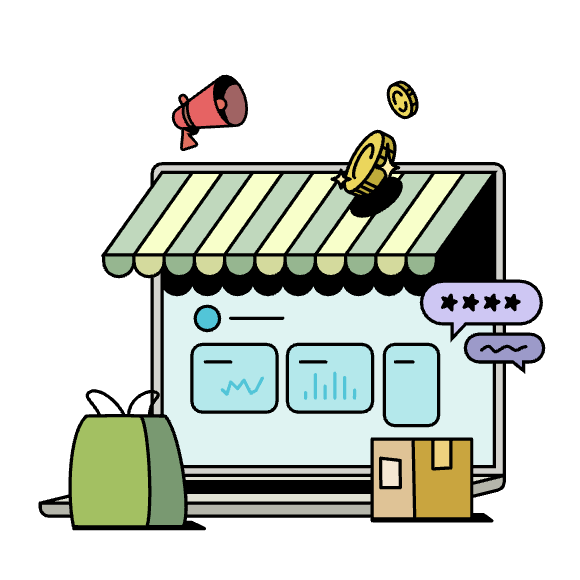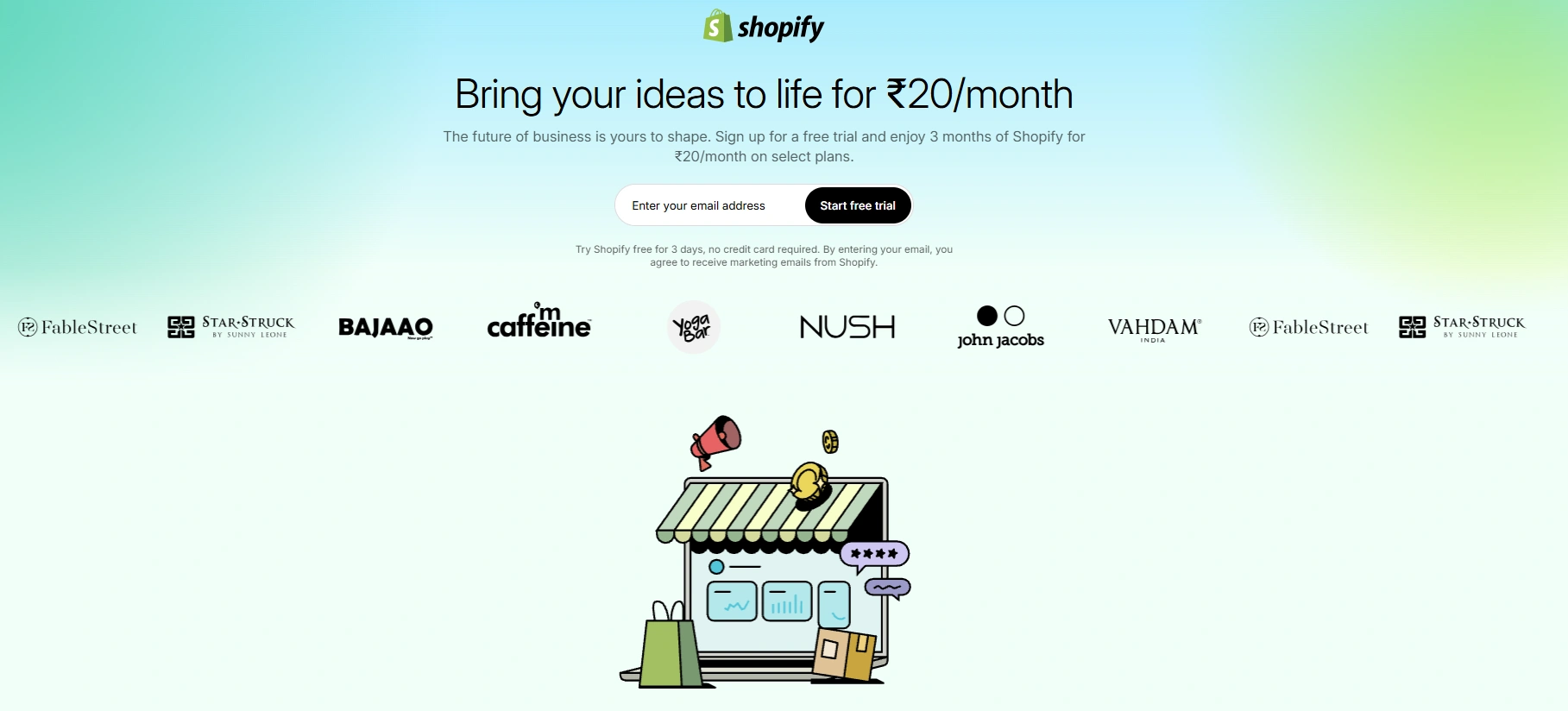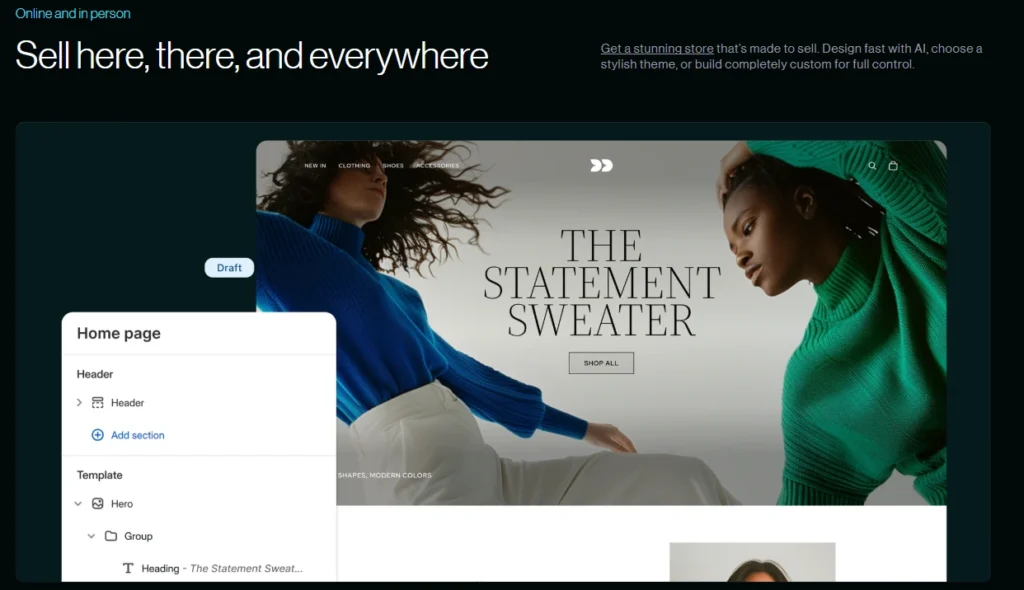Design and Customization: Look Good, Feel Good
Your store’s design is like the window display of a brick-and-mortar shop—it’s gotta draw people in. Shopify offers a range of customizable themes, both free and paid, that look sleek and modern. Whether you want a minimalist vibe or something bold and colorful, there’s a theme for you. Paid themes (starting around $150-$350) often come with more bells and whistles, like advanced customization options, but even the free ones are solid for most startups.
What’s cool is how easy it is to tweak these themes. You can change colors, fonts, and layouts without touching a line of code. If you do want to get fancy, Shopify’s theme editor lets you dig into the code for more control. Not a coder? No problem. You can hire a Shopify Expert from their marketplace to handle custom designs or tricky integrations.
One downside? If you’re not using apps or custom code, some themes can feel a bit rigid. You might want a specific layout that’s not easy to pull off without extra work. Still, for most users, the theme library is more than enough to create a store that feels uniquely yours.
Product Management: Handle Thousands Without a Hitch
Let’s talk products. Whether you’re selling 10 items or 10,000, Shopify’s got your back. Experts say it can handle over 100,000 products with ease, and even massive stores with millions of products run smoothly. Big names like Kylie Cosmetics and Fashion Nova use Shopify without breaking a sweat, which is a testament to its scalability.
Adding products is straightforward. You upload images, write descriptions, set prices, and manage variants (like sizes or colors). Shopify’s inventory system is a lifesaver—it tracks stock, sends low-stock alerts, and even automates reordering if you set it up. If you’re selling digital products, subscriptions, or services, Shopify supports those too.
One thing to watch out for: if you have a ton of products, listing them all can get time-consuming. There are apps to bulk-upload products, but those come with extra costs (more on that later). Still, for most small to medium businesses, Shopify’s product management is robust and hassle-free.
Payments and Checkout: Smooth Transactions, Happy Customers
Nobody likes a clunky checkout process—it’s the fastest way to lose a sale. Shopify’s checkout is clean, secure, and mobile-friendly, which is crucial since over half of online shoppers use their phones. You can accept payments through Shopify Payments (their in-house gateway) or third-party options like PayPal, Stripe, or Apple Pay. Shopify Payments is nice because it integrates seamlessly, and you can manage everything from one dashboard.
Here’s where it gets tricky. Shopify charges transaction fees if you don’t use Shopify Payments—anywhere from 0.5% to 2% per sale, depending on your plan. Plus, if you’re selling internationally, you might face currency conversion fees (1.5% for US transactions, 2% for others) or duties and import taxes. These can add up, especially for high-volume stores.
On the flip side, Shopify’s checkout is customizable. You can add trust badges, upsell products, or offer discounts to nudge customers to buy more. Abandoned cart recovery is built-in, so you can email customers who leave items behind. These features are gold for boosting conversions—stats show abandoned cart emails can recover 10-15% of lost sales.





